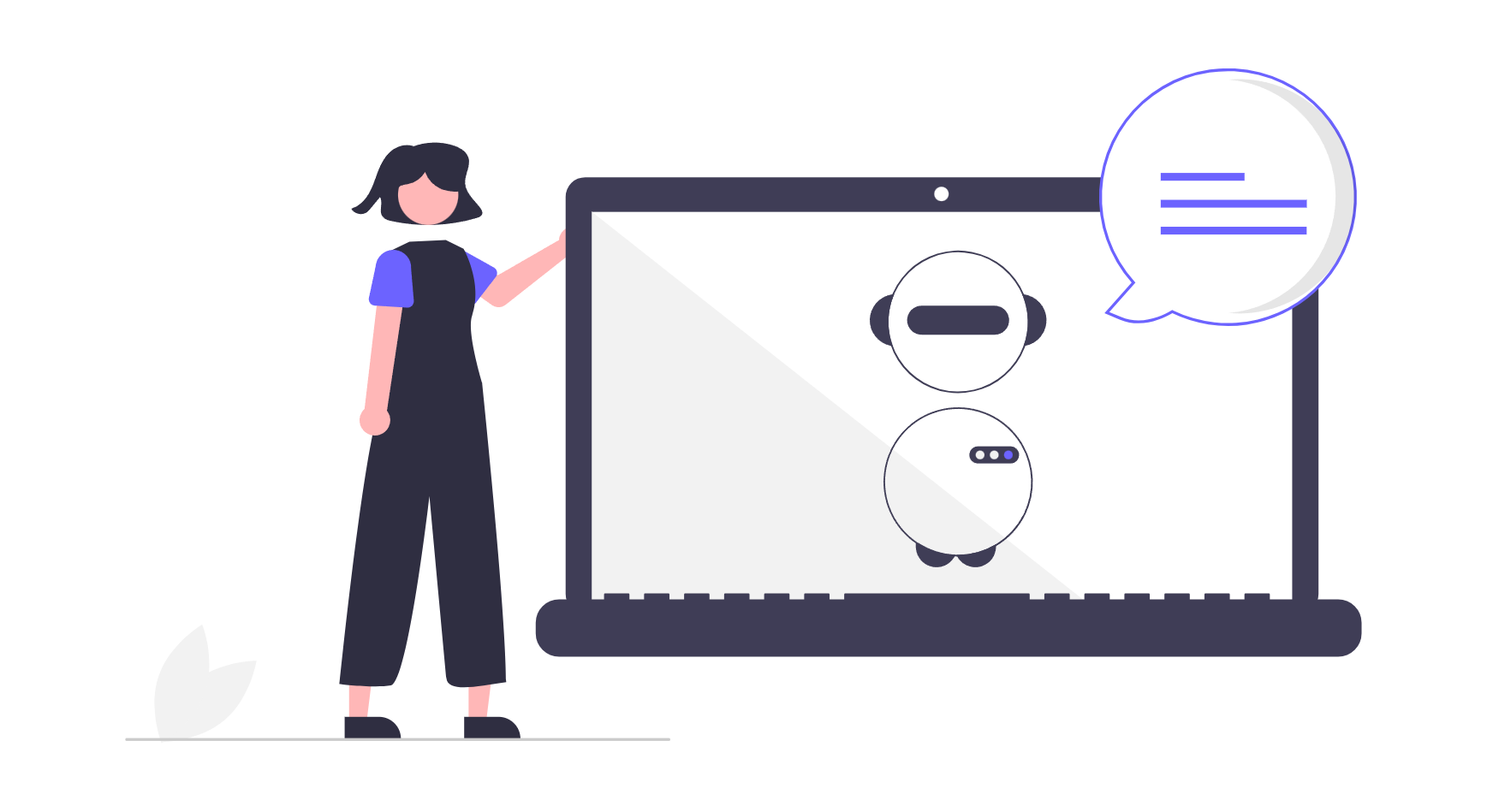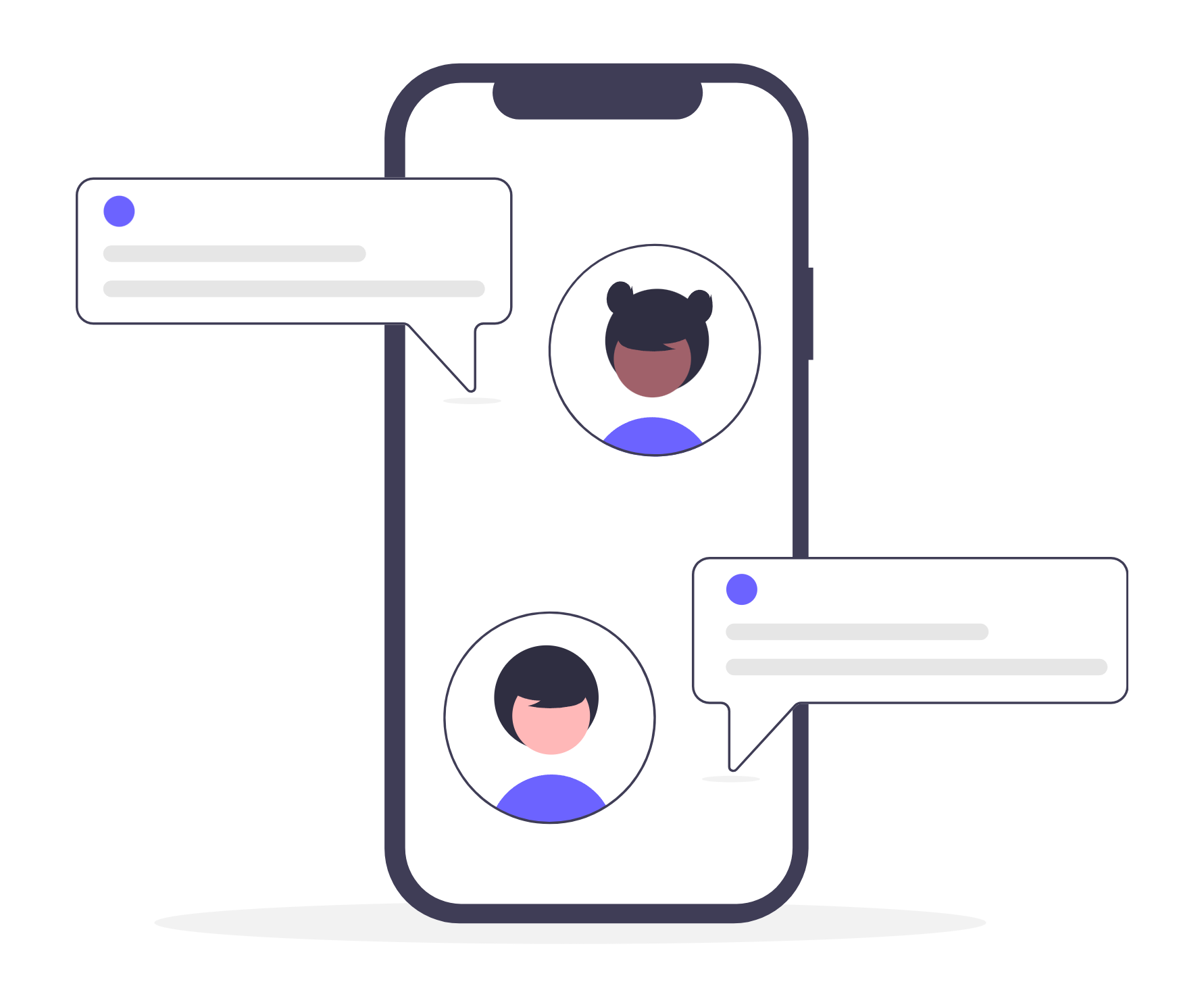The democratization of knowledge is an essential mission in an increasingly connected and information-dependent world. Artificial intelligence (AI) is emerging as a powerful tool to facilitate access to learning, make content more accessible, and personalize teaching experiences. But how, in practice, can we use AI to truly make knowledge accessible to everyone? In this article, we explore five key tips for harnessing the potential of AI in the democratization of knowledge.
1. Use Chatbots for Personalized Learning
AI-powered chatbots are incredible tools for delivering knowledge in an interactive, on-demand way. These virtual assistants can be programmed to meet a variety of learning needs, from answering specific questions to creating complete learning experiences.
How to implement:
- Educational Chatbots: Develop bots that provide clear, concise answers on specific topics, such as history, science, or math.
- Multichannel platforms: Integrate chatbots into platforms like WhatsApp, Slack, and mobile apps, allowing users to access learning wherever they are.
- Personalization: Configure bots to adapt to the user’s knowledge level, ensuring each interaction is relevant and effective.
Practical example: Imagine a chatbot that helps students understand complex physics concepts by adjusting the difficulty level based on student responses.
2. Turn Documents into Interactive Experiences
Much educational content is still trapped in traditional formats like PDFs and text documents. With AI, it’s possible to convert these materials into interactive experiences that engage users more.
How to implement:
- Smart Scanning: Use OCR (optical character recognition) tools to convert documents into searchable text.
- Interactive knowledge bases: Load documents into AI-powered systems like ChatGPT to create conversational interfaces that answer specific questions about the content.
- Gamification: Add interactive elements like quizzes and challenges to increase engagement.
Practical example: A corporate training manual can be transformed into an interactive chatbot, allowing employees to quickly search for information and run simulations based on real-world scenarios.
3. Create Accessibility with Automatic Translation
The language barrier is still one of the biggest challenges to the democratization of knowledge. With the help of AI, automatic translation of content can break down these barriers and expand the reach of educational materials.
How to implement:
- Automated translation tools: Use AI models like Google Translate or DeepL to translate content in real time.
- Subtitles and transcripts: Add automatic captions to videos and transcripts to audio to ensure your content is accessible to more people.
- Cultural location: Adjust translations to reflect local cultural aspects, increasing relevance to your audience.
Practical example: An international organization can offer online courses in multiple languages, using machine translation to create materials tailored to different regions.
4. Promote Inclusion with Accessibility Tools
Accessibility is an essential pillar of the democratization of knowledge. AI-based tools can help create content that meets the specific needs of users with disabilities.
How to implement:
- Automatic image description: Use AI to generate image descriptions, making visual materials accessible to people with visual impairments.
- Text reading: Integrate automatic reading systems to allow people with visual impairments or dyslexia to consume content.
- Speech Recognition: Tools like Voice Access allow people with motor disabilities to interact with applications using only voice commands.
Practical example: An educational platform can include detailed descriptions on all of its videos and images, as well as offer audio reading options.
5. Empower Communities with Open Source Resources
Not all AI-based solutions need to be expensive or proprietary. Many open source tools allow communities to create affordable solutions that are adaptable to their needs.
How to implement:
- Open Source Platforms: Explore tools like Flowise and Hugging Face to build AI-powered learning systems.
- Community collaboration: Encourage the exchange of experiences and the co-creation of solutions adapted to local realities.
- Model sharing: Make pre-trained AI models available for other organizations to use.
Practical example: An educational institution can use open source tools to create a teaching chatbot, with reduced costs and full control over the data.
Conclusion
Artificial intelligence has the potential to transform access to knowledge and make it truly universal. By adopting personalized chatbots, transforming documents into interactive experiences, eliminating language barriers, promoting inclusion, and leveraging open source tools, it is possible to build an educational ecosystem that is accessible and inclusive for all.
These initiatives not only democratize access to information, but also create opportunities for people around the world to reach their full potential.
Whether you are an educator, entrepreneur or developer, adopting these tips can make all the difference in your mission to spread knowledge equally and effectively.






